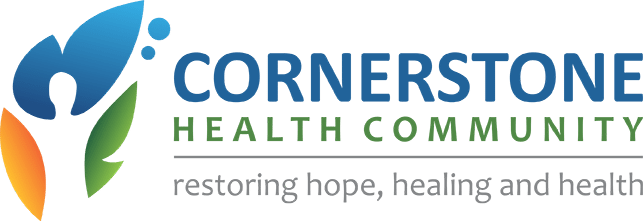
With summer quickly approaching, clinics tend to see an increase in the amount of patients with accidents and injuries. When injuries happen, it can be hard to know when is appropriate to see your provider or when you can manage the situation at home. The following are the most common injuries seen in the summer and a guide to help you navigate the best plan of action.
Cuts and Lacerations
Cuts and lacerations are one of the most common injuries we see in the summer. When you get a cut, make sure to wash it with soap and water and apply pressure to help stop the bleeding. If you are unable to stop the bleeding, or if the edges have pulled apart from each other it is be best to be seen by a provider. If you need stitches, you will want to be seen sooner than later as there is only a short amount of time that a wound can be safely closed. If you are unsure, a provider can determine whether or not stitches are needed. Cornerstone can do stitches for simple lacerations so in those cases, there is no need for an ER or urgent care visit.
Sprains, Strains, Broken Bones, and other Musculoskeletal Injuries
The process of inflammation begins shortly after an injury. In order to reduce inflammation and pain you can take NSAIDS (nonsteroidal anti-inflammatory drugs such as aspirin, or ibuprofen) as tolerated and ice the injury for the first three days. The classic RICE treatment: rest, ice, compression and elevation is still applicable in many cases. If after following the above treatment for three days you are still not seeing improvement, it is a good idea to be seen by a physician. Anytime pain is intolerable or severe it is best to be evaluated. Although Cornerstone does not have x-ray or other imaging capabilities in our office, it can still beneficial for your first stop to be through our office. We can help you decide which injuries need imaging, which do not, and send you with an order for an imaging facility. If more evaluation is needed we can send an order to the appropriate specialist.
Head injuries
Wearing a helmet is an important way to protect yourself from head injuries year round. As brain injuries can be very serious a helmet can help protect your head while biking, skate boarding, and skiing. Always be evaluated after a head injury as delaying seeing a physician can increase your risk of developing complications. If there are any symptoms such as loss of consciousness, headache, dizziness, confusion, or vomiting it is best to be seen as soon as possible.
If at anytime you are unsure if you can take care of an injury or accident at home or if you should make an appointment, it is best to be evaluated. Take precautions to keep yourself safe this summer, but if something does happen we are here to help you!
~ Kyla Conway, PA-C

